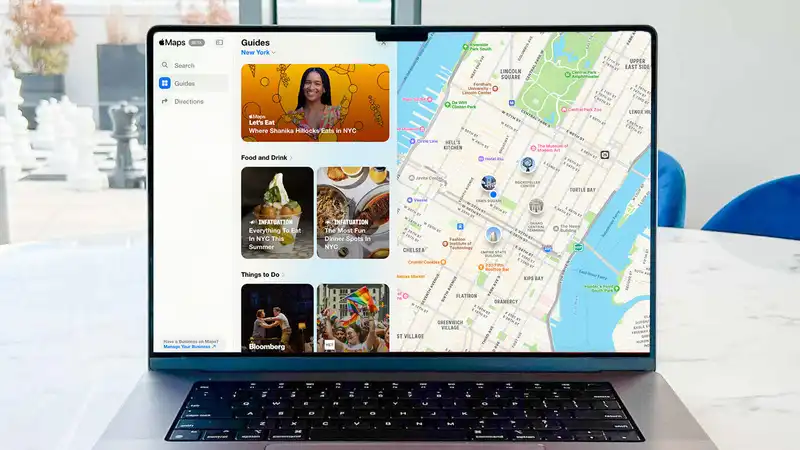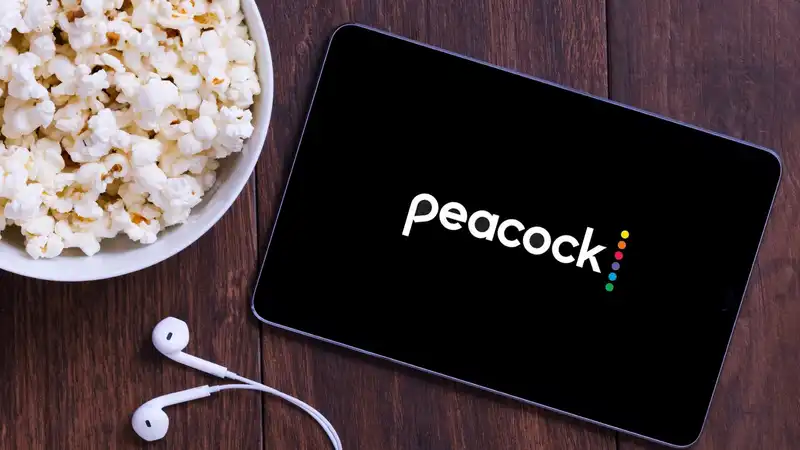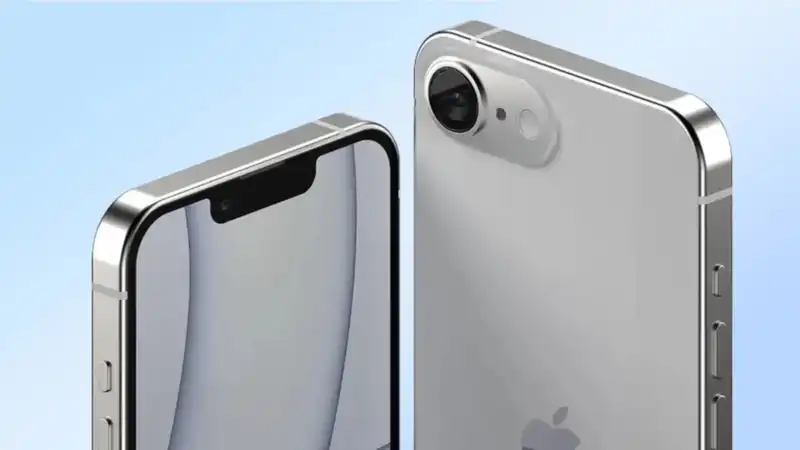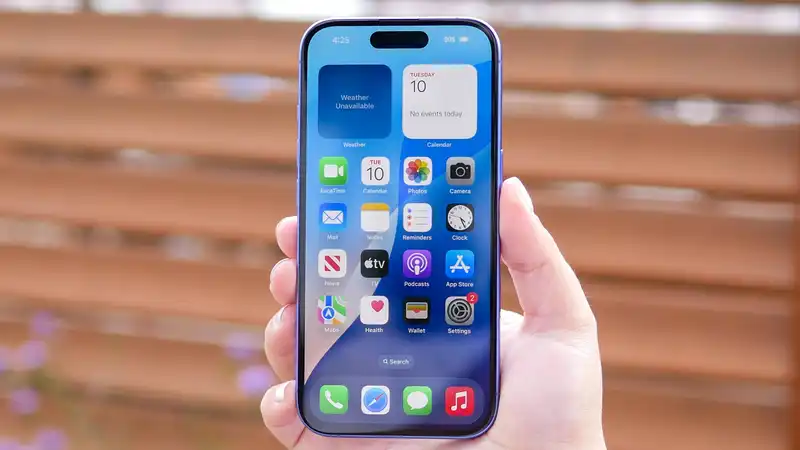Apple surprised everyone by releasing a beta version of Apple Maps on the web Sure, the mapping software was launched on Apple devices a decade ago, but better late than never
Google Maps is clearly Apple's biggest competitor in the navigation field, so it makes sense that Apple would try to offer the same functionality After all, Google launched a web version of Google Maps in 2005
I wouldn't say I like Apple Maps on the iPhone I've used it and always wished I had Waze or Google Maps to get from point A to point B With this in mind, I test drove Apple Maps on the web to see if I liked it better than the mobile version
Apple has made the web version of its Maps service surprisingly easy to use: just go to betamapsapplecom and you'll see the familiar view on your cell phone, but on a larger screen
From there, everything works as expected The buttons in the upper left corner of the screen allow you to search for destinations; clicking on Guides brings up curated content on things to do and places to see Clicking on the Directions button allows you to view directions between two points (yes, just two), along with time-to-departure options and things to avoid along the route
The web version of Apple Maps is a surprisingly clean and smooth navigation app, just like the iOS version In any mode, users can seamlessly switch between standard, hybrid, and satellite views Apple's improved map data (which has improved significantly since Apple Maps first launched) gives you a bird's-eye view of any location You can also zoom in and out to change your perspective
All of these features have been available in Google Maps for about 20 years Other than Apple's guiding features, which are unique to Apple Maps, there is nothing attractive enough to make me switch Google also has its own review system and recommendation engine, which ruins it
GPS web apps want to tell you the best route to plan where you are going You can choose from multiple routes, preview the number of steps for each route, and choose whether to walk or drive The wheel is not being reinvented here, and that's okay
The search feature works well, allowing users to find restaurants and other local places Pre-populated search options include restaurants, gas stations, fast food, bars, etc
After clicking on one of the options or typing in a search query, a box appears on the left side and a map appears on the right side; Yelp ratings are displayed to help users decide whether to go to that location Moving the map changes the search range to the area on the map, which works smoothly enough
The search results are equivalent to the iOS version of the app, so those who have used Apple Maps will feel right at home
Clicking on a location will bring up more information, including photos, reviews, things to know, hours of operation, and phone numbers All the standard stuff you would expect is there
The guide feature is well done and very Apple-like in design When you are looking at a particular area, you can click on the guide and it will show you recommendations around that area If you live in Connecticut and look at your area, you will see guide content for the New York City area Connecticut is often thought of as New York City or Boston Jr It would be great to have content about places that are less than two hours away
This is because it only supports major cities, and for those who don't live near or near major cities, this feature is completely useless (sorry, Hartford)
Nevertheless, the content is compelling and well thought out for those who can use it The article “Where Shanika Hillocks Is Eating in NYC This Summer” appears at the top of Let's Eat's New York section It features a variety of restaurants and some exciting writing about why Hillocks likes them so much Cool feature, although I would prefer more extensive user reviews rather than influencer opinions, etc
For those already familiar with Google Maps, I don't think there's enough in the web version of Apple Maps to set them apart (not that it will make them switch, despite being long-time iPhone users) Google Maps feels like a more robust service, especially on the web However, Apple Maps is still in beta, so more features could be added
Ultimately, for Apple fans who rely on Apple Maps on their mobile devices, it's great to have a browser-based version as an alternative service










Comments